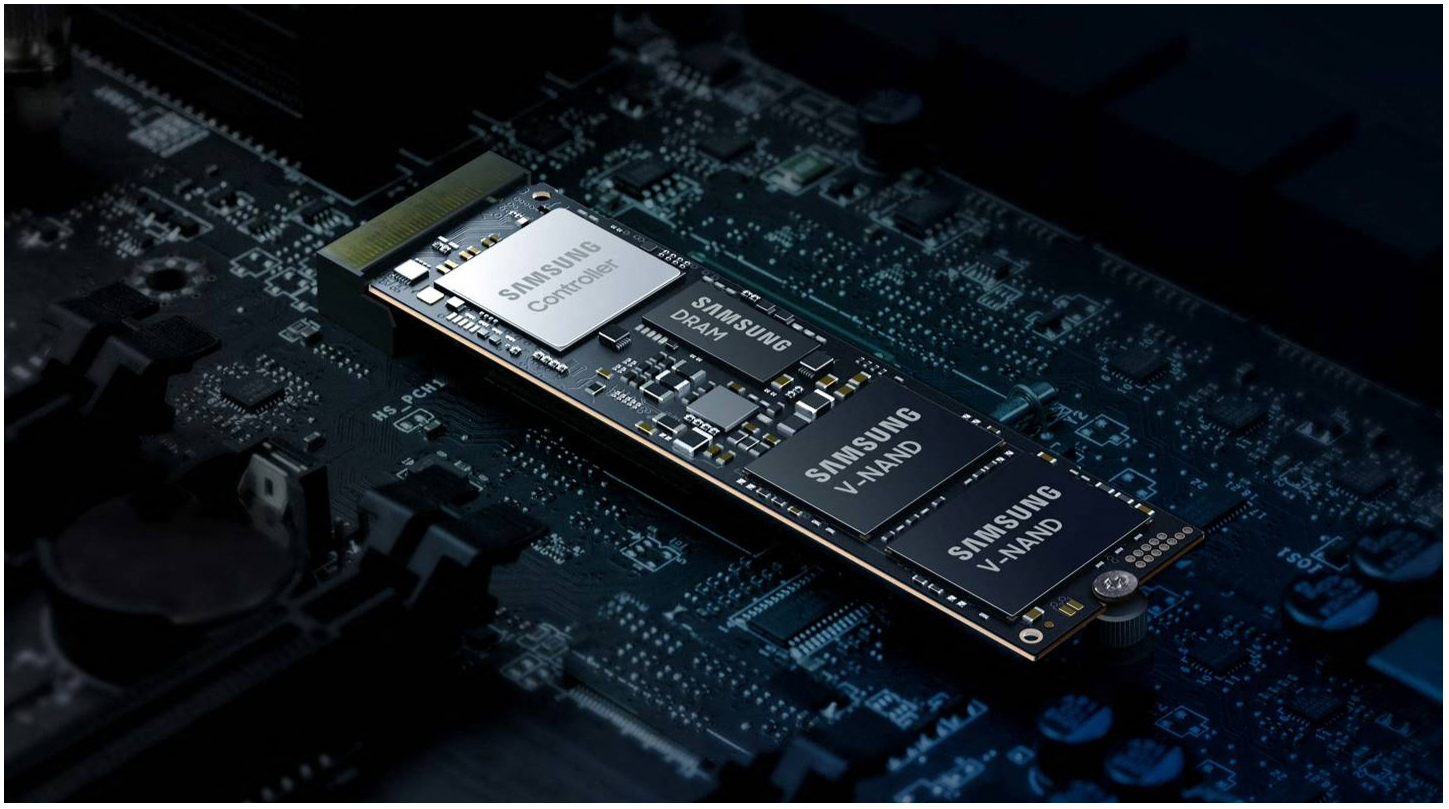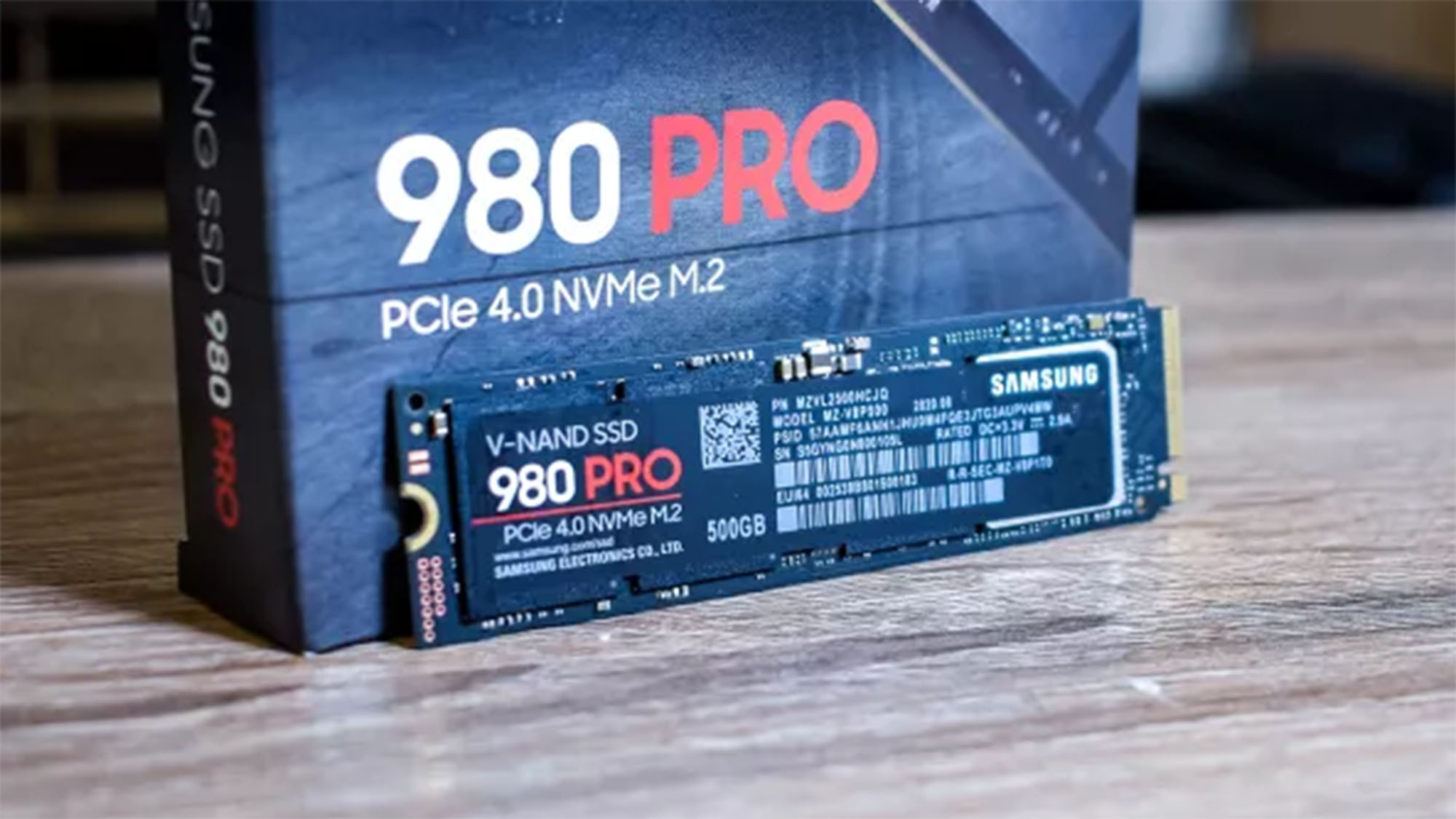1000TB SSDs could become mainstream by 2030 as Samsung plans 1000-layer NAND
1Tb TLC V-NAND coming soon as Samsung accelerates QLC transition

Samsung Electronics has revealed its roadmap for its SSD ecosystem at the 2022 Samsung Tech Day and it looks tasty.
It has plans to “stack over 1,000 layers” in its most advanced NAND chip by 2030 although it has stopped short of revealing whether it would be actual products available on shelves (if these are still around by the end of the decade), products shipped to customers (like Teamgroup) or samples in its labs.
Still, the prospect of having an SSD with 1,000-layer NAND is a particularly enticing one at a time when numerous storage technologies (hard disk drives, silica, tapes, DNA, you name it) are trying to displace the medium as the hottest property in the world of bits and bytes.

Best external hard drives: Expand your storage easily
Best rugged hard drives: Protect your data on the go
Best secure drives: Keep your data intact
Best portable SSDs: Solid, fast and compact
Best NAS drives: Data resilience for businesses
SK Hynix and Micron announced earlier in 2022 that they would launch 238-layer and 232-layer products respectively which - on paper - will dramatically bring down the cost of Terabyte for solid state drives.
However, a caveat is that these timelines are likely to be elastic depending on demand and supply globally. The current economic situation worldwide may force companies to cut back on R&D and lengthen the gaps between product launches.
The average price of SSD is at their lowest to date with 2TB SSDs widely available for less than $100 and experts have forecasted that SSD and HDD will reach parity on certain capacities by this time next year with the lucrative enterprise market being the only one more or less immune for now.
1PB SSD on the horizon?
More layers not only mean cheaper products but also higher storage densities. Currently the world’s largest SSD is a 3.5-inch 100TB model from Nimbus Data, one which is using a 64-layer MLC chip; a 1024-layer TLC/QLC chip would pack 16 times more layer, which put a 1PB (1000TB) solid state drive solidly in the realm of possibilities before the end of this decade.
Are you a pro? Subscribe to our newsletter
Sign up to the TechRadar Pro newsletter to get all the top news, opinion, features and guidance your business needs to succeed!
Who needs that sort of capacity though? A few of the nominees in our Best cloud storage list (iDrive or BackBlaze), Hyperscalers like Google or Microsoft, social networks like Instagram or Facebook.
In 2020, during an interview with TechRadar Pro, Nimbus Data CEO Thomas Isakovich suggested that much higher capacities (200TB and 400TB) could be reached by 2023 “depending on the timing of NAND density gains”. A 1PB SSD would be an order of magnitude bigger than what hard drive manufacturers have on their roadmaps.
A 100TB hard disk drive is what Seagate expects to launch by 2030 with the current maximum capacity (as of October 2022) being 26TB. 30TB drives are likely to be the flagship capacity in 2023 and beyond that, increases are incremental rather than exponential.
During the same event, Samsung announced that its 1Tb TLC V-NAND will be available to its customers by the end of 2022 with its next generation TLC T-NAND - likely to be 2Tb - slated for mass availability sometime in 2024. Following this trajectory, 4Tb, 8Tb and 16Tb NAND chips could go to market in 2026, 2028 and 2030 respectively. In parallel, its engineers are “accelerating” the transition to QLC with no words on PLC (penta-level cell).

Désiré has been musing and writing about technology during a career spanning four decades. He dabbled in website builders and web hosting when DHTML and frames were in vogue and started narrating about the impact of technology on society just before the start of the Y2K hysteria at the turn of the last millennium.